
Send this page of Atelier Yoyita art gallery about Laughing Gull Larus atricilla to a friend

Laughing Gull
|
| Jackson Zoological Park • Tigers • Bears •
Black bear •
Giraffes • Eagles • Elephants • Zebras • Snakes • spiders • Monkeys • Peacock • Birds • Sun bear • Otters • Seagulls, lauguing gull • Doves • Parrots • Spider Monkeys • Rabbits • Toucan • Orangutan • Turtles • Iguana • Meerkats • Raccoons • Chihuahuas • Cats • Goose geese • Guardabarranco • |
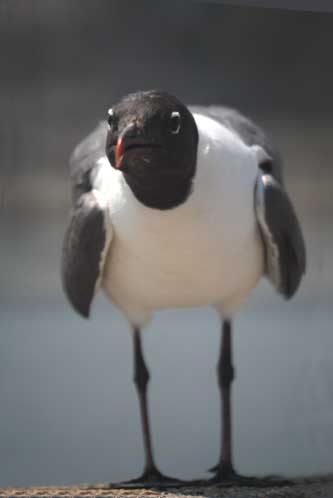 |
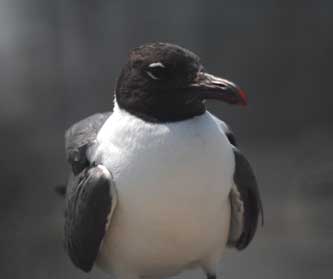 |
||||
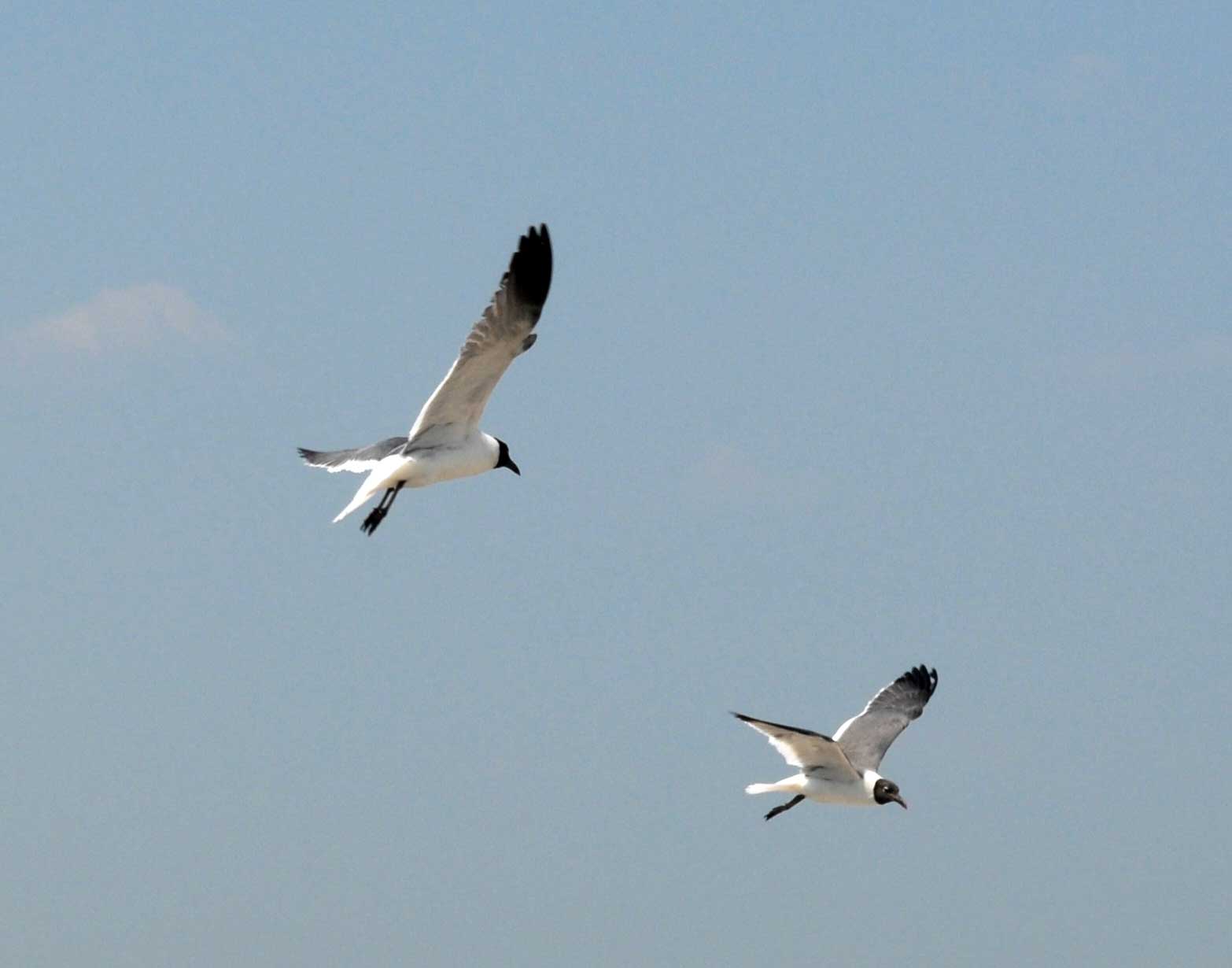 |
|||||
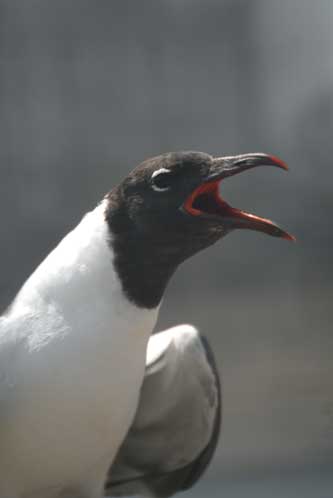 |
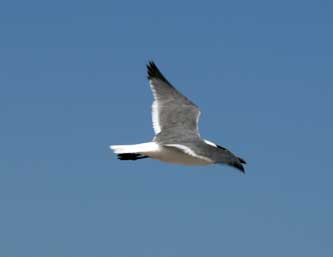 |
||||
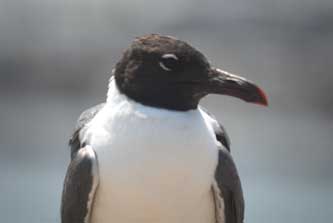 |
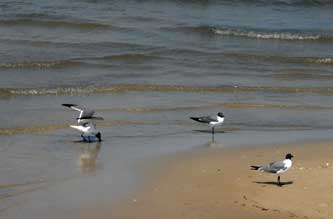 |
||||
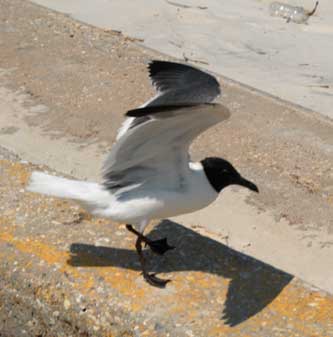 |
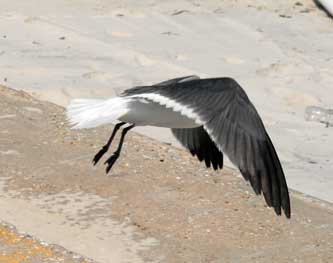 |
||||
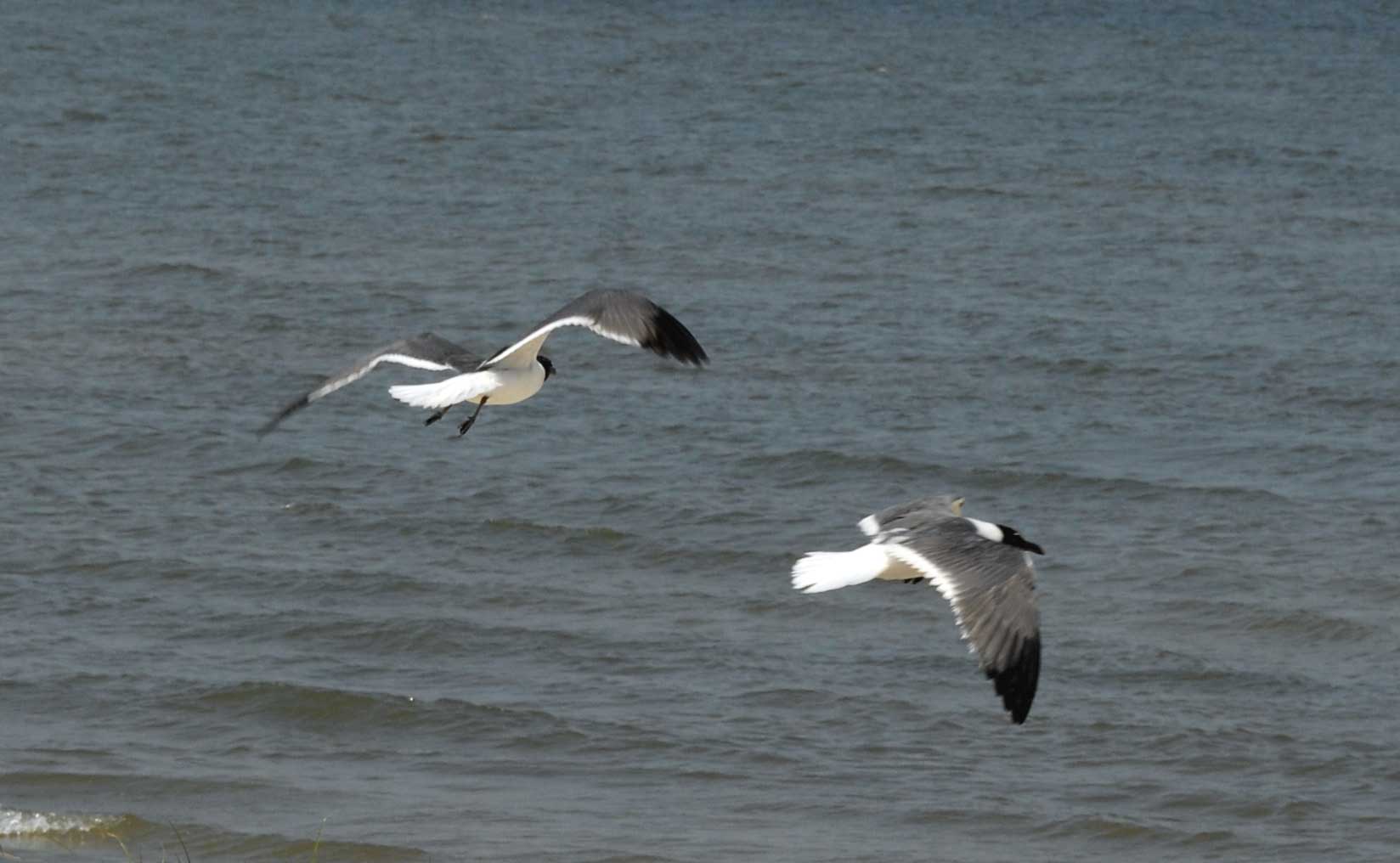 |
|||||
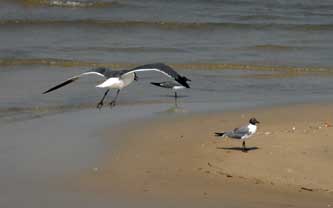 |
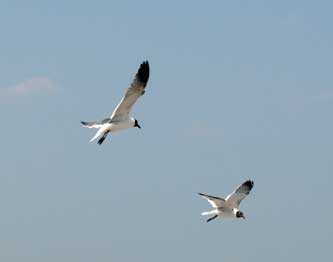 |
||||
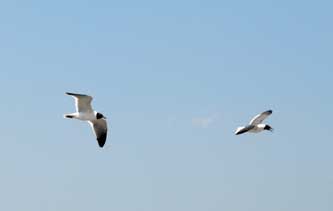 |
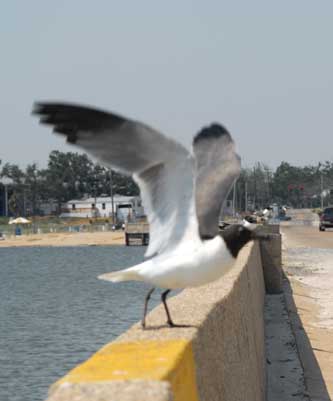 |
||||
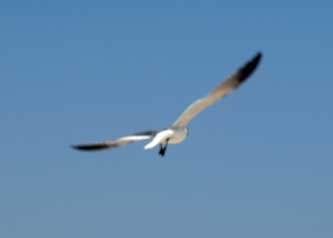 |
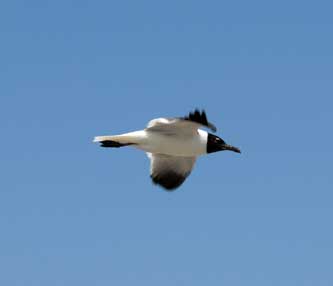 |
||||
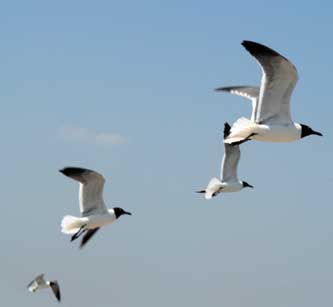 |
|||||
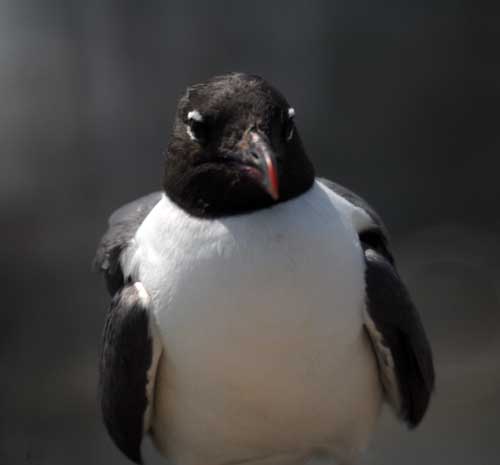 |
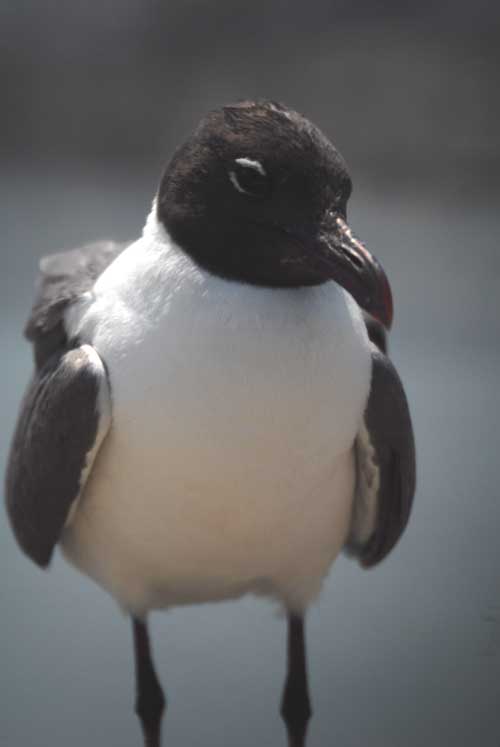 |
||||
|
|||||
| Laughing Gull, Larus atricilla Summer Distribution Map in US |
Laughing Gull, Larus atricilla Winter Distribution Map in US |
||||
| Laughing Gull, Larus atricilla Breeding Distribution Map in US |
|||||
|
Laughing Gull Seagulls Larus atricilla Mississippi Gulf CoastCopyright 1976-2013 Dr. Gloria Norris.
Click
|